If you’re a car owner, you must’ve heard about a number of brake issues like,
- The slide pins don’t slide the calipers so well.
- The brakes don’t make contact with the rotor properly.
- Brake pads wear unevenly.
- The brake’s stopping power gets weak.
[amazon box=”B000M8PZGE,B000FW7VGE” template=”list”]
However, all these rounds back to one point. That is you don’t get the full use of your brake pads. To be more specific, this means money wasted. But don’t worry.
There’s an item that can prevent all these problems. Yes, just one item. And that item is lubricants.
But which one should you choose? Brake grease vs anti-seize, which one’s the best for you? Well, after reading this article you can figure it out on your own.
In this article, we have compared two of the most renowned solutions for brake pad issues, brake grease, and anti-seize.
Let’s start by knowing a little more about break grease and anti-seize.
What is brake grease?
Brake grease is made with a base oil and a thickener. It doesn’t contain any solids or low solids. It limits the amount of friction. And doing so helps to keep the temperature under control.
In addition to that, brake grease will extend the life of your brake pads and calipers. It’ll also prevent unwanted noise and vibration. Furthermore, It helps to effectively stop your vehicle.
However, grease alone isn’t suited for extremely high-temperature usage. Because in general, the oil burns off around 400°F.
So, you can find many types of brake grease.
Although the same product, different types have different elements and characteristics. Let’s take a look and see what they are.
Types of brake grease
Some of the most popular types of brake grease are,
- Synthetic-based
- Silicone-based
- PAO-based
- White lithium
Now, let’s dig a little deeper into those-
Synthetic-based
This is a boundary-type lubricant that comes in a tube, paste, or stick form.
Synthetic-based grease has a high solids element. These elements typically contain a lot of friction-reducing elements such as molybdenum disulfide (moly or MOS2) and graphite.
Moly and graphite are dry-film lubricants and they can handle high temperatures and pressures.
As a result, synthetic-based brake grease is great for rotation parts where there is a high level of friction.
Silicone-based
This sort of brake grease is designed for caliper and wheel cylinder assembly work. It’s because silicone is an excellent lubricant for rubber and plastic. Moreover, It’s good for all rubber compounds including nitrile, Teflon, nylon, and other synthetic rubbers.
That’s not all-
Silcone’s normal temperature range is -40 degrees F to 400 degrees F. But it doesn’t have the high-temperature resisting power of a high-solids synthetic lubricant.
PAO-based
This brake lubricant is also excellent for assembly work and lubricating seals and boots. So what’s its specialty? Well, PAO (Polyalphaolefin) offers superior rust protection.
As a result, we get a well-suited lube for brake systems operated in wet environments.
That’s not all-
PAO brake lubricant also includes different amounts of moly, graphite, and Teflon. All these increase its lubricating properties.
Lastly, this type of lube can withstand temperatures of up to 400 degrees F. So, It can be used for both assembly and outer lubrication.
White Lithium
White lithium is a low-temperature grease. So, why use it? Well, it’s used for lubricating drum brake hardware and backing plates. But this sort of product lacks heat resistance for front disc brake applications.
Just like others, this one too can’t handle too much temperature. Above 400 F to be precise.
And that’s where anti-seize kicks in-
What is Anti-Seize?
Anti-seize is made with high solids elements and carrier grease. Because of its high solids elements, the anti-seize can withstand high temperatures.
The downside of brake grease is that they are not too heat resistant. They can hold up to 400 F. But what if your vehicle produces even more heat?
That’s where anti-seize comes in.
However, our buddy here is not appropriate for fast-moving uses. Because Those high solids elements can jam the parts.
Yet unlike grease,anti-seize can handle high load usage. It protects parts from galling and seizure even under super stressful conditions. This makes it ideal for many nuts, bolts and press-fit usages.
Types of Anti-Seize
Now that we know about anti-seize, let’s have a look at how many types of anti-seize there are.
- Silver grade
- Nickel grade
- Food grade
- Copper grade
- Nuclear grade
Silver Grade
This anti-Seize is a general-purpose, high-temperature anti-seize lubricant. This protects metal parts from rust, corrosion, galling and seizure up to 1800° F of temperatures. Its color is silver and contains copper, aluminum, and graphite.
The silver grade is especially suitable for fine-threaded and other closely joined parts. However, it’s not recommended to be used where copper is restricted.
Nickel Grade
This type of anti-seize is a premium anti-seize lubricant. It protects metal parts from rust, corrosion, galling and seizure at temperatures up to 2600° F. Nickel grade is made from nickel (20%) and graphite. Nickel Anti-Seize provides excellent chemical and oxidation resistance.
It’s recommended for high-temperature, chemically harmful applications. This is a substitute for silver-grade anti-seize. However, we can’t use this where copper is prohibited.
Food Grade
Don’t get confused by the name, you can’t eat it. Food grade anti-seize is an aluminum-based anti-seize. This is specifically used in places where there is a possibility of food spillage.
Similar to silver grade, food Grade Anti-Seize protects metal parts against rust, corrosion, galling and seizure at temperatures up to 1800° F.
Copper Grade
This anti-seize is a mixture of copper (10%) flake, graphite, and other extreme-pressure ingredients. This copper-colored lube isn’t recommended for applications where copper is restricted.
The copper grade is also like the silver grade. This bad boy protects metal parts against rust, corrosion, galling and seizure at temperatures up to 1800° F. It conducts electricity and does not compromise the integrity of light metals.
Nuclear Grade
This anti-seize is a premium anti-seize that contains a ‘chemically pure’ nickel. Therefore, it offers great protection against rust and corrosion. a nuclear grade doesn’t contain copper, lead, sulfur, or halogens.
It’s recommended for nuclear fittings, valves, and steam manifolds. This anti-seize provides maximum protection from high temperatures up to 2600°F and harmful chemicals.
So, now we know the different types of brake grease and what they are used for. Next, let’s have a look at the pros and cons of these two products to have a clearer idea about them.
Brake Grease Pros and Cons
Brake grease is a special high-temperature grease that is designed to provide long-lasting protection.
Pros
- Helps the slide pins to keep their lubrication, so that the calipers slide well
- Helps the brakes to contact the rotor properly
- Prevents the brake pads from uneven wear
- Prevents the slide pins from sticking, therefore reducing the production of heat
- Keeps your brake power strong
- Keeps the pads from hitting the full surface of the brake rotor
Cons
- It is not good for slow-moving, extremely high contact and high-pressure applications
- Not suitable for extremely high load and/or very high-temperature applications
- Not suitable for temperatures above 400°F
Anti-Seize Pros and Cons
Anti-seize is applied to bolts, fasteners, flanges and other clamped interfaces. They prevent galling, seizing, and corrosion and also act as lubricants.
Pros
- Prevents pick-up and galling of fasteners while assembling
- Produces a precise and consistent clamping load in fasteners
- Separates and lubricates the surfaces of jointed interfaces during operation
- Reduces wear and loosening
- Prevents water ingress and chemical attacks
- Eases dismantling and prevents damage to components during disassembly
Cons
- Not good for fast-moving, low-contact, low-pressure uses
- Not Suitable for low-temperature environments
At this point, we have a basic understanding of brake grease and anti-seize. Now let’s see a head-to-head comparison between the two to get an even better understanding.
Brake Grease vs Anti-Seize: Comparative Analysis
So the products in question, brake grease, and anti-seize have different applications. Which one should you use? Have you figured it out? Don’t worry if you haven’t.
Here’s a head-to-head comparison between the two.
| Brake Grease | Anti-Seize |
| No solids or low solids elements. | High solids elements. |
| Good for fast-moving, low-contact, low-pressure uses. | Good for slow-moving, extremely high contact and high-pressure uses. |
| Usually not suitable for temperatures above 400°F. | Suitable for high-temperature environments. |
Now, have you figured out which one to use? Well, the question isn’t which to use, but rather where to use it. Because different parts of the vehicle need different products. Let’s see where brake grease and anti-seize be used.
Brake Grease vs Anti-Seize: Where to use?
Knowing where to use the right product is very important. Otherwise, you might end up damaging your vehicle. So let’s dive into the applications.
Where to use brake grease?
Brake grease can be used in the following parts,
- Drum brake
- Raised brake pads
- Shoe anchor
- Disc brake
- Caliper bushing and pins
- Pad mounts
- Backs of pads (never front)
- Mounting tabs
Where to use Anti-Seize?
Next, let’s see where anti-seize can be used.
- The thread of the bolt or stud
- Plain unthreaded sections of the bolt or stud if they will be inside the assembly
- The face under the bolt head
- The nut face
- All parts of the washer if one is used
Use it on thin surfaces. Any excess will be squeezed out during tightening.
Now, let’s see some of the most commonly asked questions.
Some FAQs
Should I use anti-seize on rotors?
Is anti-seize good for brakes?
What can you use instead of brake grease?
You can use silicone grease as a substitute for brake grease for all components of the braking system. Silicone is a great lubricant and preservative. Especially on plastic and rubber surfaces. You can find it at home improvement stores and auto parts stores.
Is brake grease necessary?
Final verdict
Hope you understood the application of brake grease vs anti-seize. Both of them have different applications and uses.
Try to use the information provided in the article to avoid damaging your vehicle. How did you find the article? Was it informative? Do let us know. Ciao!
Related Post:
Sources:
- Polyalphaolefin Pao Lubricants, www.machinerylubrication.com
- How to Choose an Anti-Seize Compound, www.gluegun.com
- How to Use Brake Lubricant, auto.howstuffworks.com

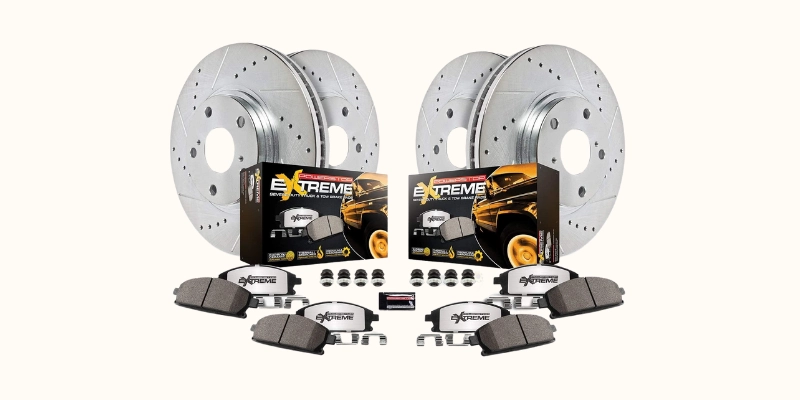
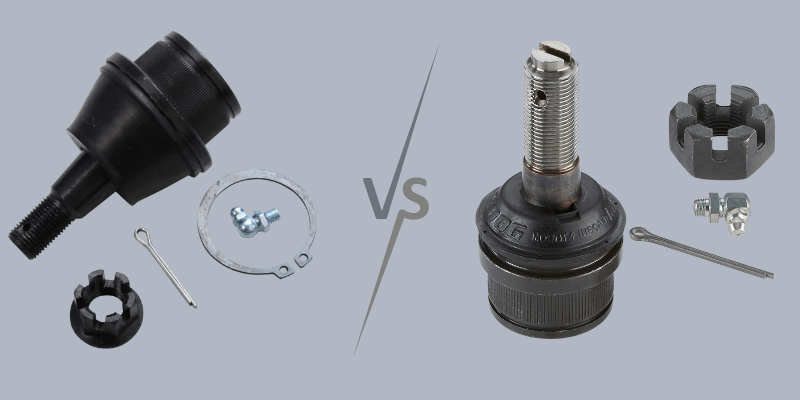
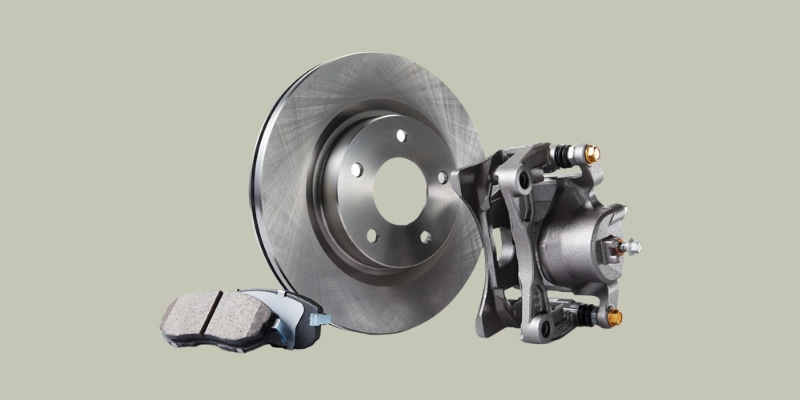
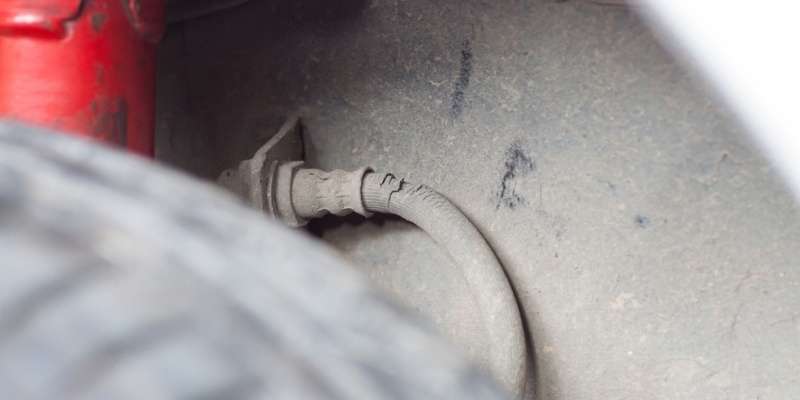
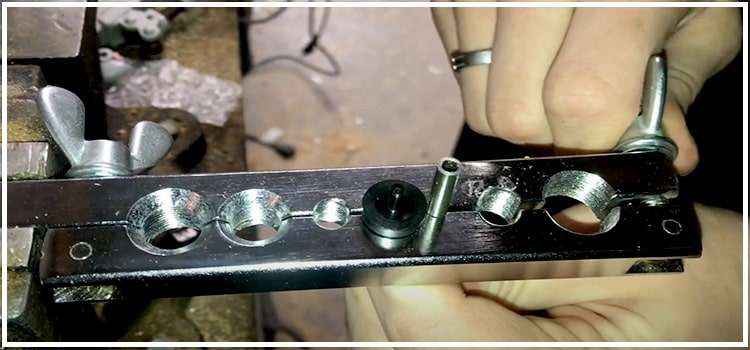
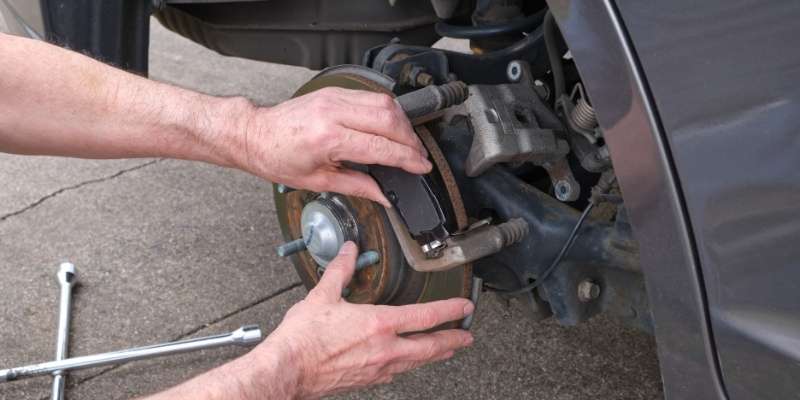
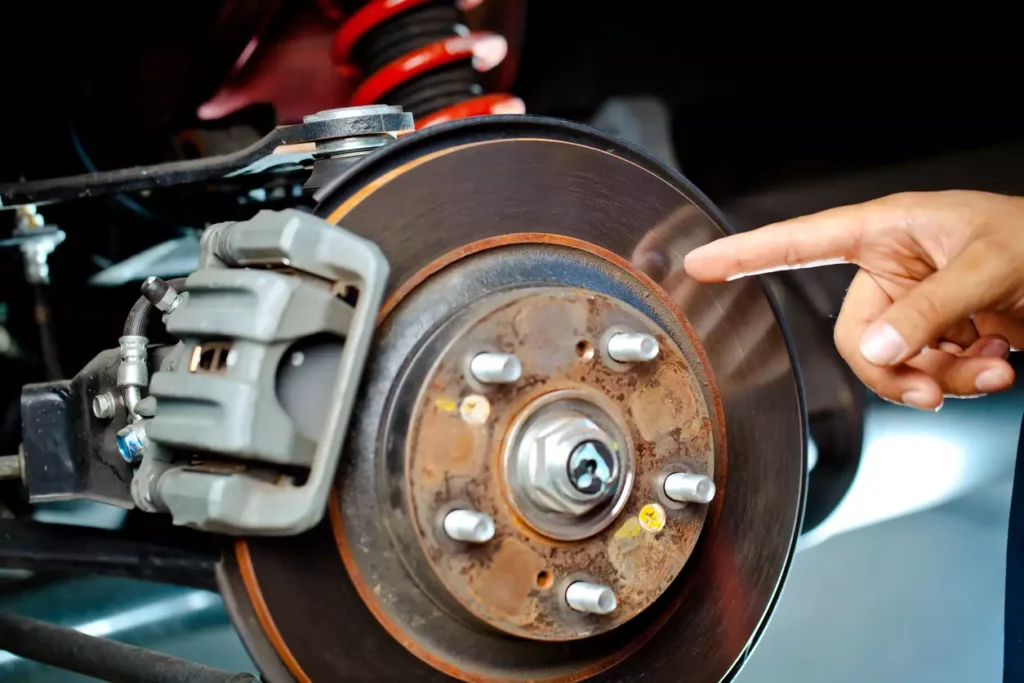
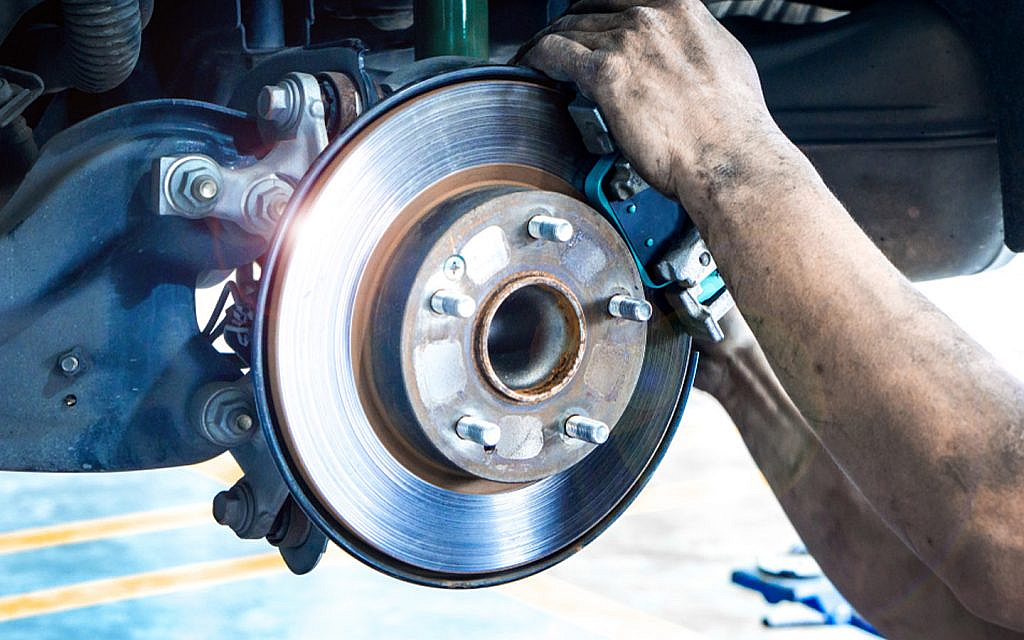
Thanks for sharing the best information, I am really enjoying reading your well-written articles
Thank you very much, this article is very informative and helpful! 😊💕
the lack of picture to explain to the average person what each part is, ruined this guide.
Thank you for writing this article and for the final veredict. It clarified confusion induced in my mind from other sources of info. I am glad I’ve been using synthetic brake grease on my cars. To make it perfect it would be nice to add recommendations from OEM’s brake engineers, but that’s the next challenge to accomplish.